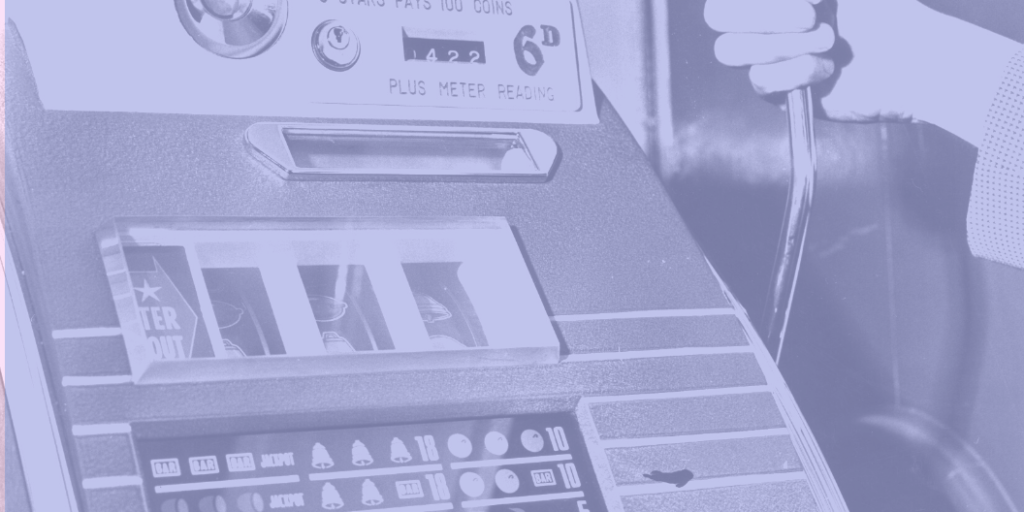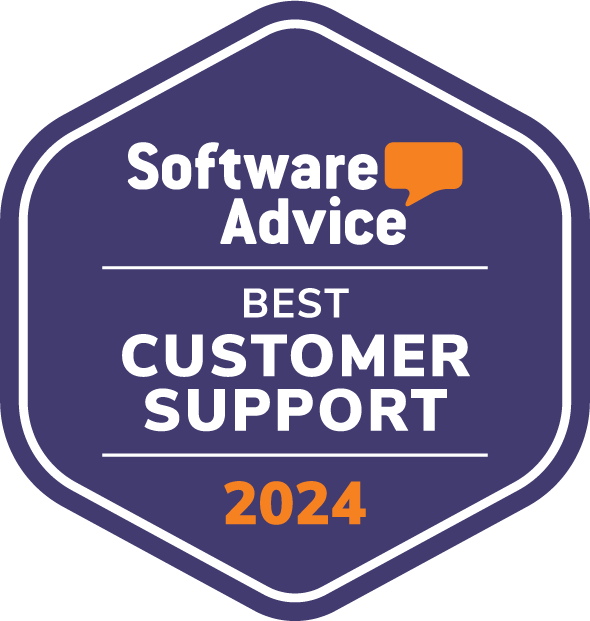The Need and Evolution of Pricing Systems
Since the introduction of currency, setting the right price for a good or service has been an economic problem researched in Academia and a struggle for every retailer. Recent and ongoing changes in retail, such as the move to e-commerce, omnichannel, challenges in supply chain, along with technological advancement and macro economic changes have made it nearly impossible for retailers to truly align pricing strategies and business goals in real-time using old methods.
While many retailers today still regard manual management of pricing and policies as the cheaper alternative, cost is only half the story.
Let’s take a closer look at why a manual pricing approach is obsolete and how it may be undermining the retailers’ business and hindering the achievement of business goals.
Inefficient Category Management
A key success factor in retail is optimized category and inventory management. Manual pricing limits the ability to consider all subcategories of products. It limits the ability to deep dive and often limits the focus to star performers. That means that low-selling products are often not price optimized even though they are important as they can be marked down to accelerate sales, prevent excess inventory, and increasing cash flow
Is it worth spending hours updating a spreadsheet manually instead of allocating these resources to tasks that directly impact the bottom line? Sure, it might make sense if you sell only a few products or limit your business to a single selling point. But it won’t cut it when you have thousands of SKUs or a multichannel sales approach.
It’s Not Updated Often Enough
At its core, competitor monitoring with manual pricing involves hopping onto a competitor’s website, checking out their current offering, and matching their prices. Realistically speaking, how often can that be done? What if your competitors use an automated pricing solution that updates prices by the minute across every channel? There is no way a spreadsheet can keep up with that.
You’re Always Playing Catch-Up With The Competition
Effective price review takes more than a few excel shortcuts when dealing with a large product assortment. It takes a keen eye and a thorough understanding of data science to carry out in-depth competitive analyses and then translate them into actionable business insights. That’s where a digital pricing solution can help you stay ahead of the competition by sifting through large data pools and enabling you to make timely price adjustments.
Retailers today are faced with a multitude of parameters and questions they need to consider when setting prices:
- How is the right price related to desired inventory levels?
- What will my customers perceive as a fair price in relation to my brand?
- How is my competitor pricing this product?
- What are my costs?
- What is the cost of replenishing my inventory?
- What is the effect of seasonality on price? Retail season? Weather?
- More….
The use of digital Pricing platforms allow retailers to consider many of these factors when setting prices:
- Competition
- Weather
- Season
- Special events/holidays
- Macroeconomic variables such as inflation or COVID-19
- Costs
- Warehousing and inventory allocation
Pricing systems have evolved significantly in the last few decades. They have gone from applying very simple strategies, such as a standard cost markup, to being capable of forecasting the demand of products or services through time and finding the optimal price to achieve a certain KPI.
Automatic pricing is used by retailers to address two main pain points: sub-optimal pricing strategy vs. the excessive cost of pricing. By automatically pricing the items we are not changing the pricing strategy itself but we are changing the pricing process making it cheaper and faster. Using dynamic pricing, retailers can set the prices of their products to automatically move in relation to a competitor’s price. But pricing optimization goes above dynamic pricing.
Price optimization focuses on finding the price that maximizes a defined metric, such as company revenue, by considering many dynamic factors. Competitor pricing is just one of these factors.
Important! : When implementing pricing optimization retailers are automating pricing processes but not necessarily their pricing strategy.
Want to learn more?
The Flow for Implementing Price Optimization
Gather Data
- Transactional: sales history that includes the list of goods purchased.
- Product catalog with relevant information such as category, size, brand, style, color, photos, purchase cost, etc.
- Competitive data: prices of identical, similar, or complementary products.
- Inventory and supply data.
- E-commerce analytics such as visits, views, and conversions.
Settings Goals and Constraints
While a retailer may pursue profit maximization as the top business goal, they may also be interested in building customer loyalty, obtaining new market share, and optimizing inventory turnover.
Restrictions also need to be considered. These restrictions can be legal, regulatory, or specific to the operational needs of the retailer.
Training the Machine
Historical Data gathered in previous steps is used to train the Machine Learning model by applying reinforcement learning techniques. Reinforcement learning enables an agent to learn in an interactive environment by trial and error using feedback from its actions and experiences
The Machine runs Bandit algorithms to enable retailers to execute complicated optimization initiatives and complex pricing experiments. While optimizing towards more than one business goal.

Bandit algorithms go beyond classic A/B/n testing, allowing a large number of algorithms to tackle different problems, all for the sake of optimizing results. With the help of relevant data streams, multi-armed bandits can become context-based. Contextual bandit algorithms rely on an incoming stream of context data, either historical or fresh, which can be used to make better algorithmic decisions in real-time.
This enables retailers to gain full control over every piece of data in real-time, allowing for better, more effective data-driven decisions.
The power of Machine Learning models is their ability to find the best prices by continuously integrating new information and detecting emerging trends or new demands.
Training the Machine
Historical Data gathered in previous steps is used to train the Machine Learning model by applying reinforcement learning techniques. Reinforcement learning enables an agent to learn in an interactive environment by trial and error using feedback from its actions and experiences
The Machine runs Bandit algorithms to enable retailers to execute complicated optimization initiatives and complex pricing experiments. While optimizing towards more than one business goal.
Other Utilization of Machine Learning Algorithms
Product clustering algorithms group similar products together to create price segments. These groups can then be used to predict prices and demand for new products that have no sales data.
More generally, Machine Learning can be a tremendous tool for insights:
- Halo Effect – Complementary products are products that are closely related to the main/leading product and very often can’t be consumed alone. Mobile phones are an example of a leading product with many complements; such as mobile covers, screen protectors, warranties, etc. The demand for the leading product generates the demand in its complement.
The halo effect involves setting the price of the main product at the optimum level so that the demand for the complementary product increases, thereby maximizing the profits from both products together.
- Inter-Product Relationship – The demand for a product sometimes depends on complement and substitute products and their prices. For example, generic and private brands often have similar items. These items are substitutes. The demand for the private brand would depend not only on its pricing but also on the price movements of the generic brand. Brands like Coke and Pepsi are examples of substitutes.
- Customer LTV – Lifetime Value (LTV) is an estimate of the average revenue that a customer generates throughout their lifespan as a customer. This customer worth is used to support many economic decisions including marketing budget and resource allocation, profitability, and forecasting. Measuring the contribution of each of these product purchases on long-term profitability and user retention can be leveraged to make price changes that maximize the long-term value of your business.
These are just some examples of the questions that Machine Learning models can help answer.
Quicklizard’s platform offers an end-to-end platform offering Dynamic pricing and price optimization capabilities as well as full automation and auditing of pricing strategies.
Our platform processes large quantities of data, Anticipate trends early enough allowing retailers to make appropriate decisions and adjusting pricing.










